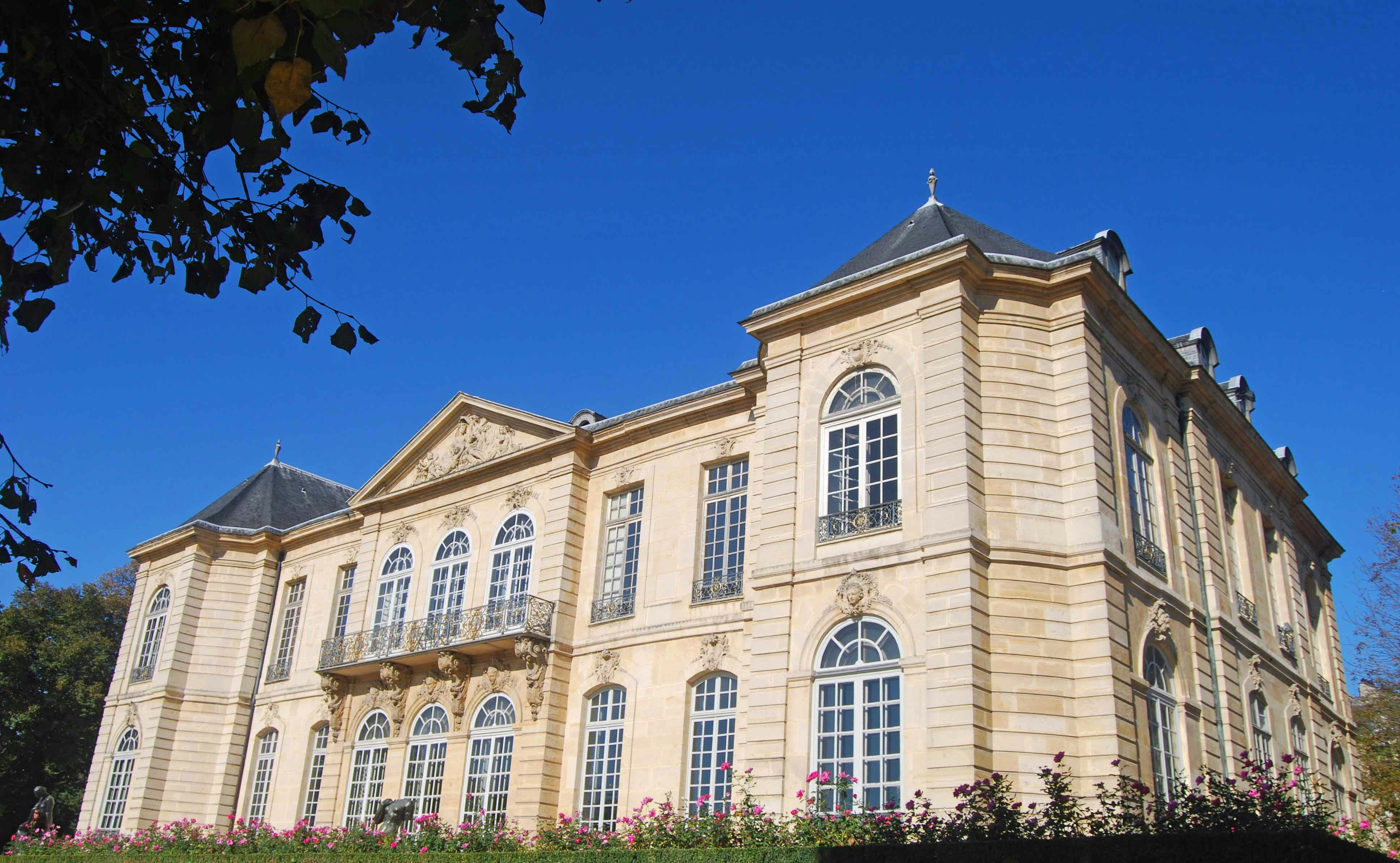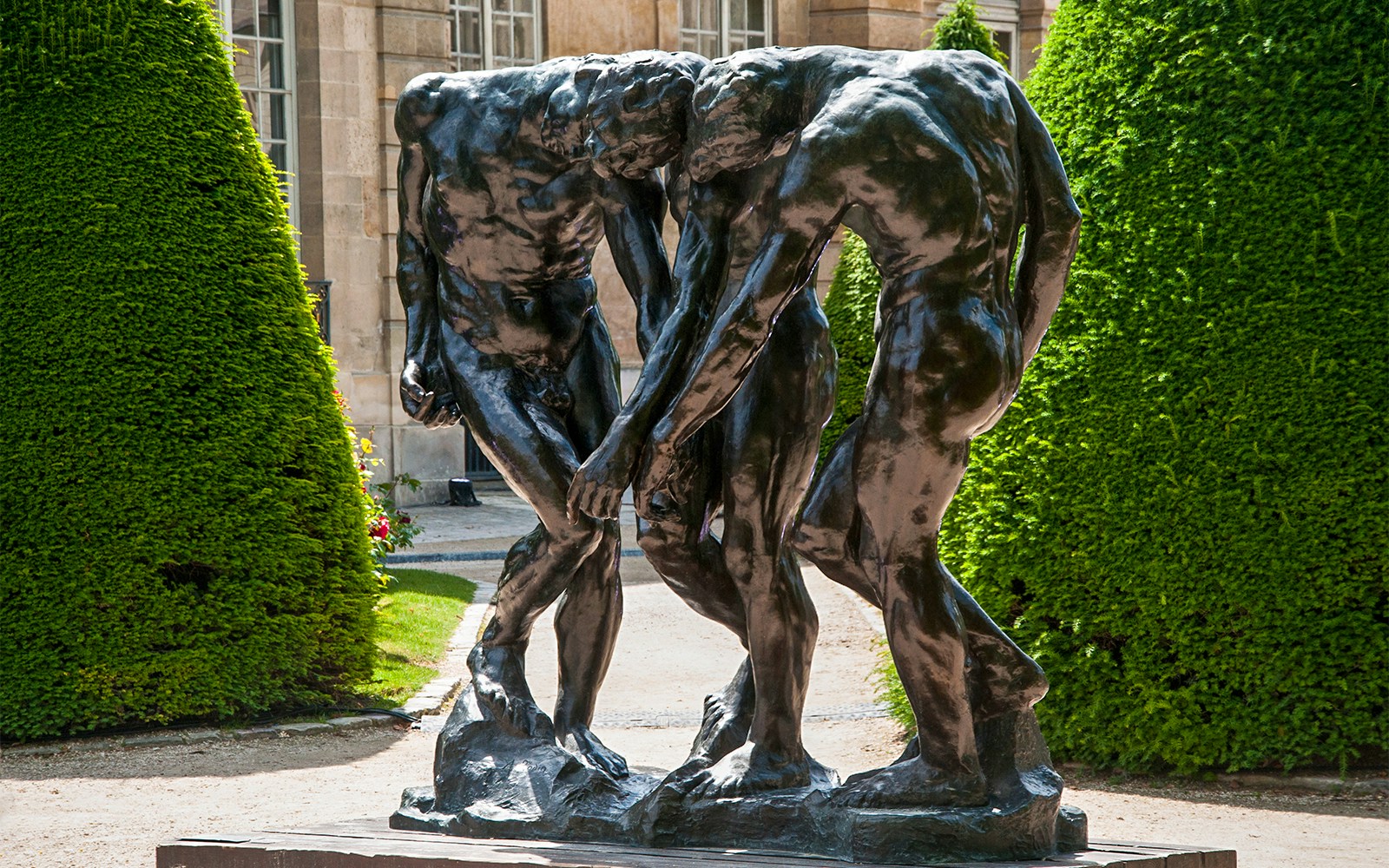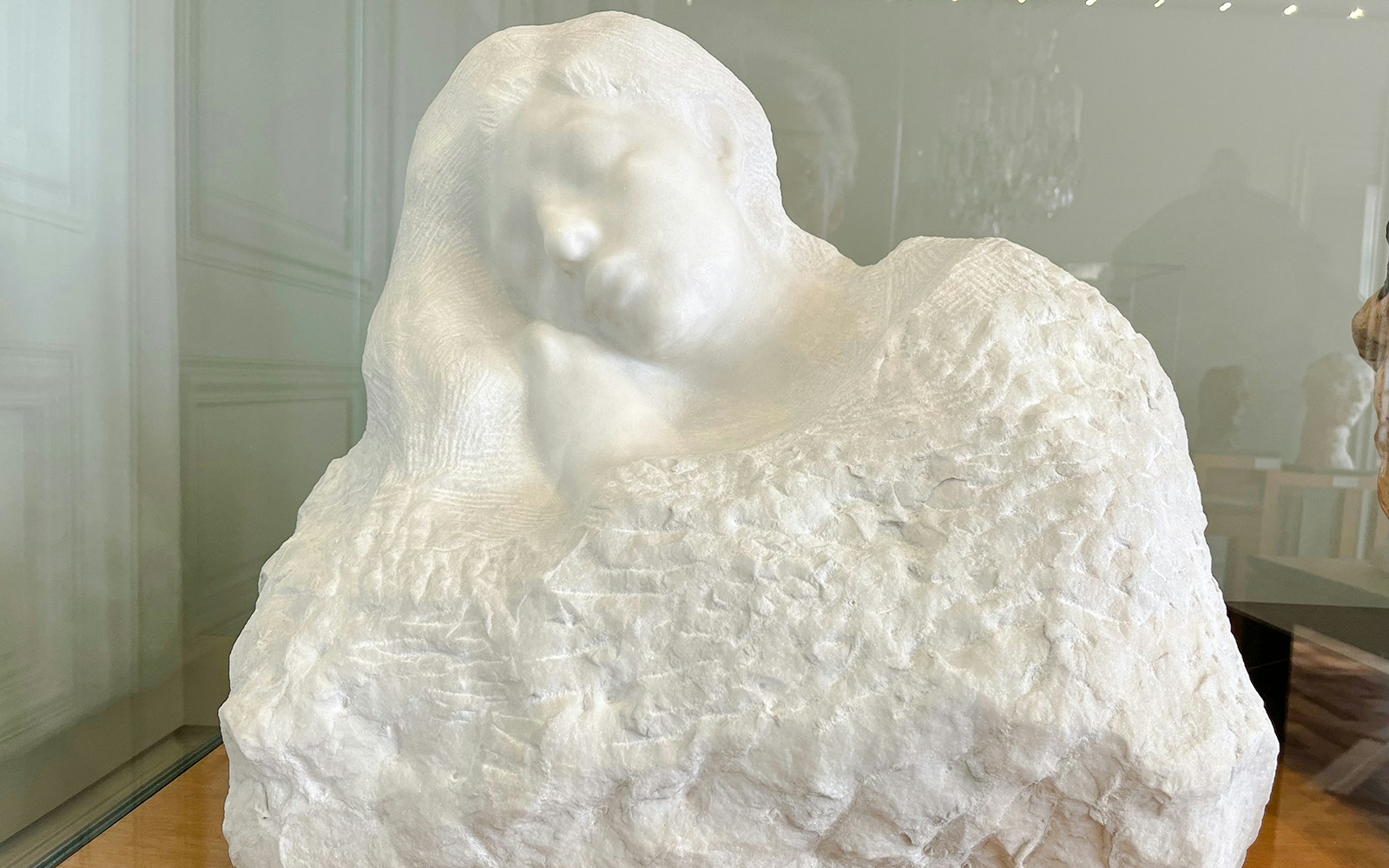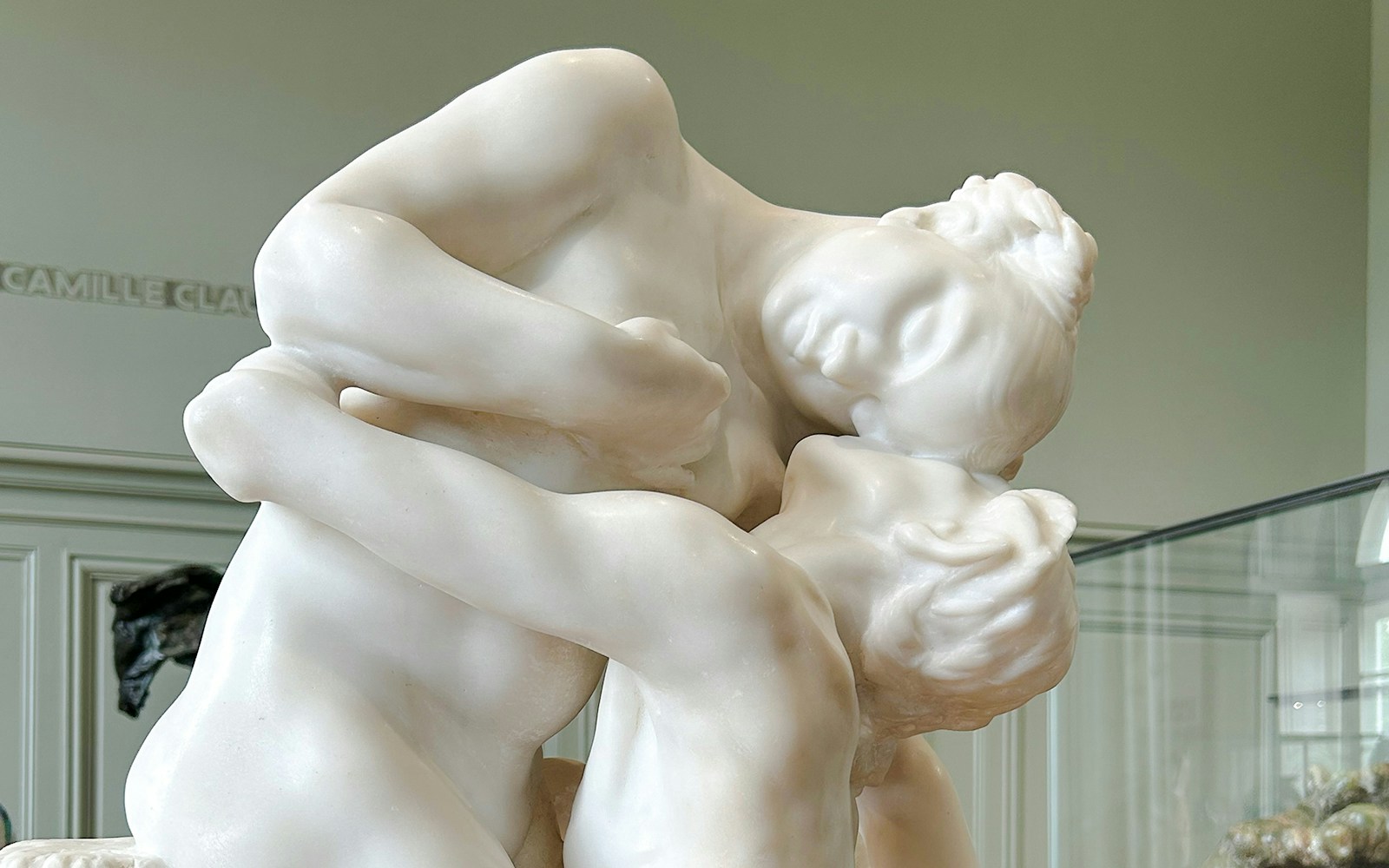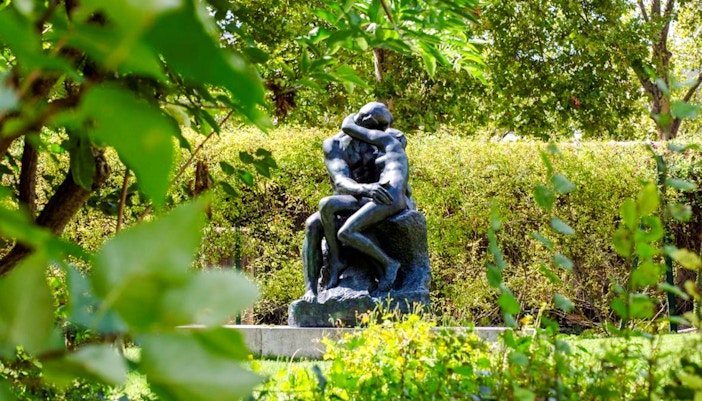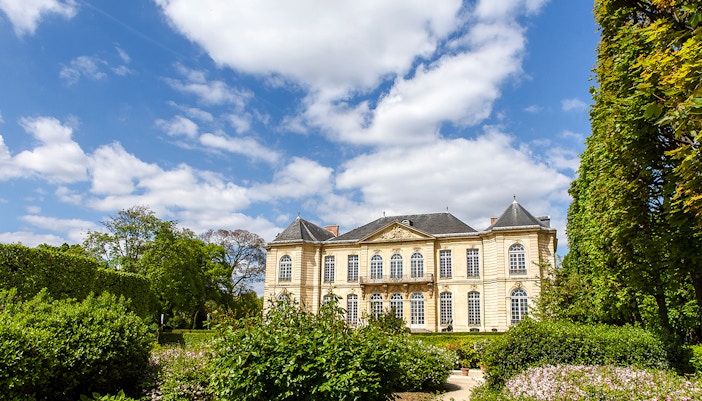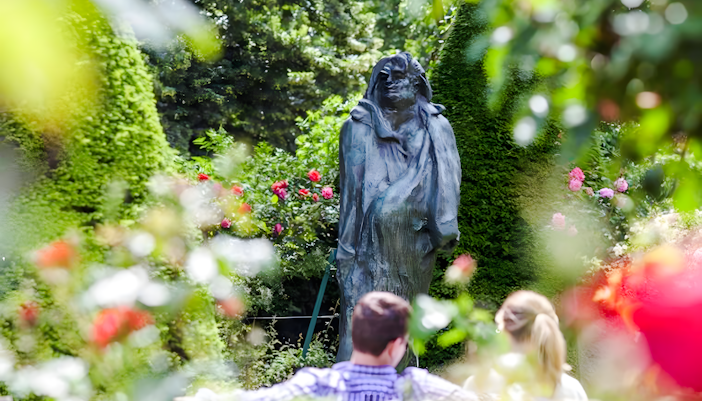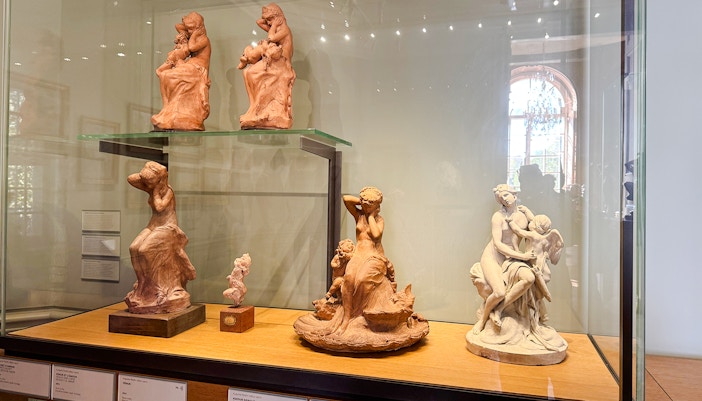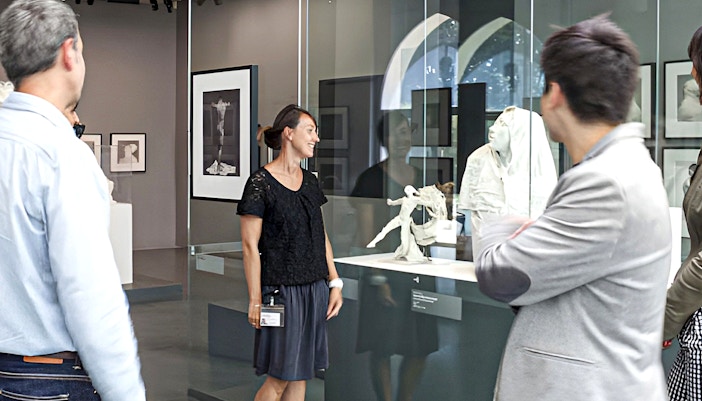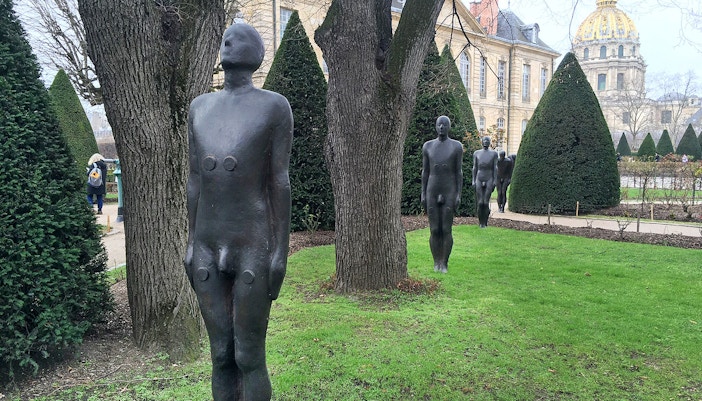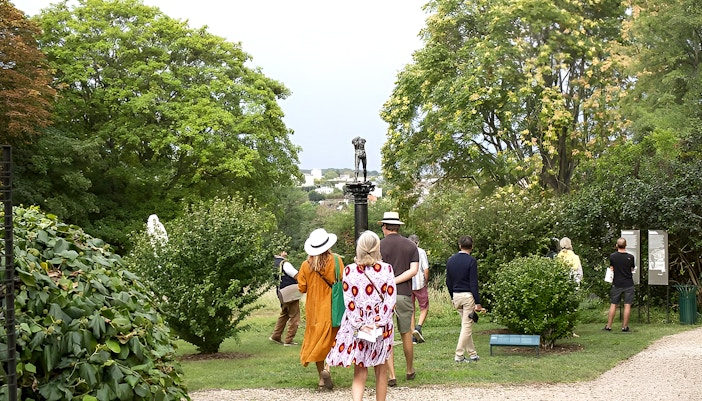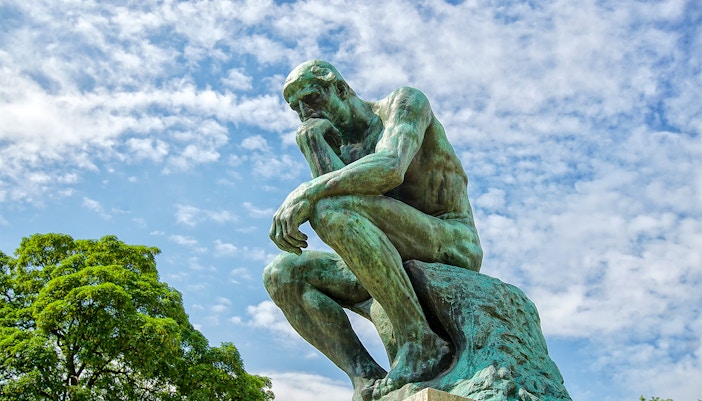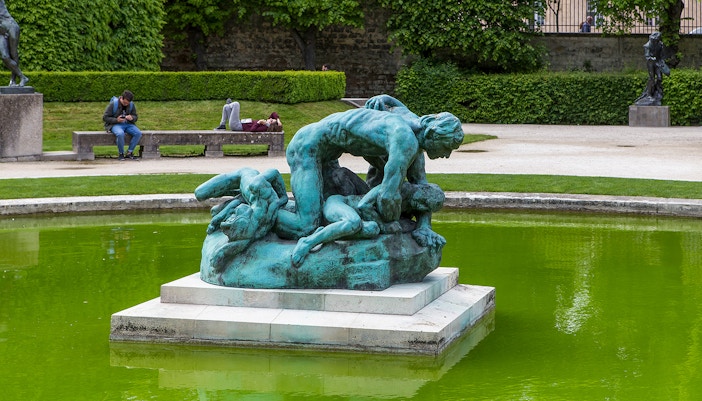Where: Outdoor grounds of the museum
Set against views of the Eiffel Tower and Les Invalides Dome, the Sculpture Garden blends landscape and sculpture in perfect harmony. Across nearly three hectares, stroll among Rodin’s great bronzes—The Gates of Hell, Balzac, and The Burghers of Calais—framed by seasonal flowers and shaded paths. The gentle rhythm of art and greenery makes this one of Paris’s most poetic outdoor spaces.

